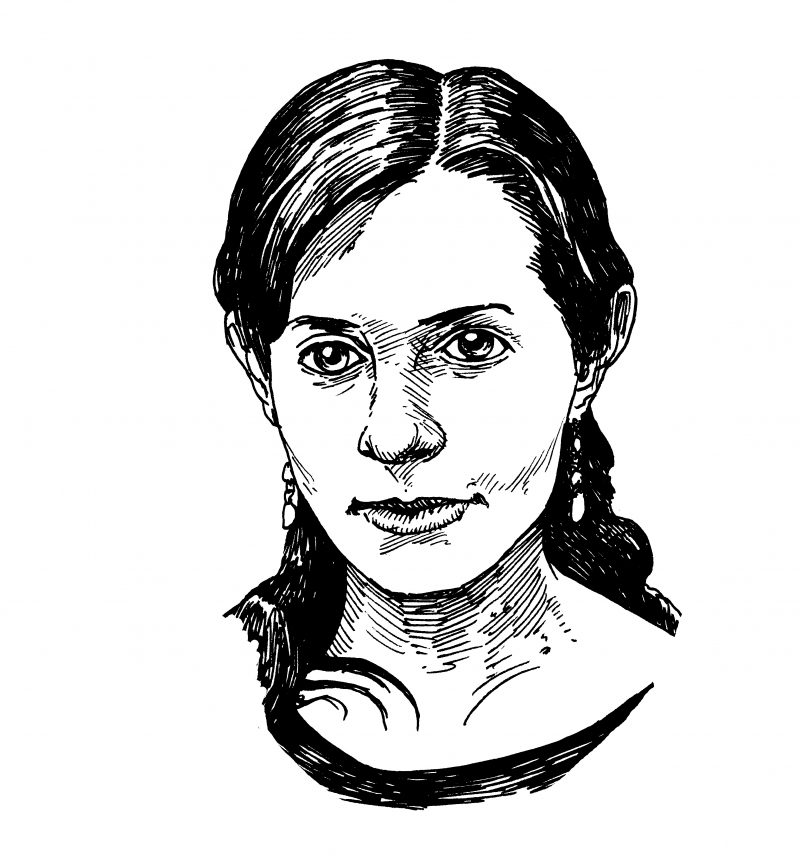Film noir is usually associated with urban settings, but in Imogen Sara Smith’s book In Lonely Places: Film Noir Beyond the City, she considers different noir locations—pristine suburbs, Western deserts, seedy border towns—to describe the genre as ultimately stemming from an existential condition. It’s an elegantly detailed tour through genre classics like Out of the Past (1947) and On Dangerous Ground (1952), in which Smith shows that no matter how far you run, you can’t escape yourself. Smith is also the author of Buster Keaton: The Persistence of Comedy.
—Aaron Cutler
THE BELIEVER: How did you start writing this book?
IMOGEN SARA SMITH: People always talk about the city as central, even necessary, to noir. But a few years ago it dawned on me that there are many noir films with nonurban settings. By coincidence, I had just watched several— I think they were Raw Deal (1948), Border Incident (1949), and The Hitch-Hiker (1953). So at first—just for fun—I was seeing how many of these films I could think of, and how many nonurban settings there were: the desert, the ocean, the road, small towns, the Mexican border. I saw this pattern as significant because in the postwar years there was a movement away from cities into the suburbs—a rejection of urbanism. This relates to the way in which, in the nonurban noirs, emptiness—a sense of people stranded in vacant spaces and of things coming apart—replaces the claustrophobic, encroaching, and labyrinthine spaces associated with urban noir. I started thinking about the way society is depicted—or rather, not depicted—in noir. Typical Hollywood films of the ’30s were full of crowds—there’s always an awareness of a larger society surrounding the characters and the potential for some kind of collective action. In noir, by contrast, it’s like people exist in a vacuum. When any group or institution is portrayed, it’s almost always corrupt or criminal, or it breaks down. People can’t be trusted; all relationships are vulnerable to betrayal. Alienation is at the heart of the noir condition. I think noir is so resonant in American culture because it delves into the dark side of our belief in independence and autonomy, which relates to a traditional distrust of cities, the importance of open space and mobility in the American imagination.
BLVR: Why did noir move away from communal spaces? Was it reflecting something that was happening in the culture?
ISS: Yes, especially the political climate. A lot of the writers, directors, and actors who were involved in film noir were left-wing, and many of them fell afoul of the House Un-American Activities Committee during the ’50s—Joseph Losey, Jules Dassin, Edward Dmytryk, Cy Endfield. I see...
You have reached your article limit
Sign up for a digital subscription and continue reading all new issues, plus our entire archives, for just $1.50/month.
Already a subscriber? Sign in





